Kids As Brands’ Ambassadors
Having launched my career at Cartoon Network, I’m pretty familiar with the in’s and out’s of kids marketing. What’s really interesting to me is how kids are beginning to be marketed to on social media. The minimum age that Facebook says kids can join is 13, but the truth is that kids at the age of 9 are jumping on the social media bandwagon. It’s not just to chat with friends – They’re there to interact with brands too. To put this info into perspective with numbers: 55% of parents of 12 year olds say their child is on Facebook, 81% of online 9-17 year olds say they visited a social networking website within the last 3 months, and more than 25% of Facebook’s users are under the age of 10 (1).
No matter how you feel about social media marketing towards kids, let’s take a look at how some brands are using the medium to interact with youngsters. Note: I’ll shy away from Cartoon Network, since I’m a little biased towards them. 😉
Angry Birds
By engaging its customers on a variety of platforms and deepening the presence of its new brands, Rovio took Angry Bird’s social media presence to the next level. On Facebook, you can play two versions of it against your friends. While on Twitter, the brand engages fans in a variety of ways including product giveaways (which not many kids brands do), videos clips for upcoming game or level releases, retweets of user generated content. My favorite way that they engage their fans is by posting images of kids’ fan mail they’ve received. Why does Rovio do this? My hunch is they are showing kids that they care about what they say. They’re also developing “loyalty,” essentially making their kids fans ambassadors for many years to come.
Nickelodeon
Using social media to poll one’s audience is red hot right now. And Nickelodeon is no stranger to the game. They activated their Facebook page with over 32.1 million likes to join in and vote on the Kid’s Choice Awards (2). They also incorporated both Twitter and gamification into their Kid’s Choice campaign strategy. Leaderboards showed “fan armies” supporting the nominees – fans could track who was winning and losing. Facebook/Twitter fans contributed to their favorite nominees’ placements on the board, creating the ever-elusive ‘engagement’. Nickelodeon extended its viewing audience beyond the channel, keeping fans engaged for weeks before the awards show, compared to previous years where consumers would only vote once. What I love about this strategy is that it engaged fans as true brand ambassadors. While I don’t know how it affected their viewership, I can imagine that fans who engaged on Facebook and Twitter so actively would want to tune in to find out who won.
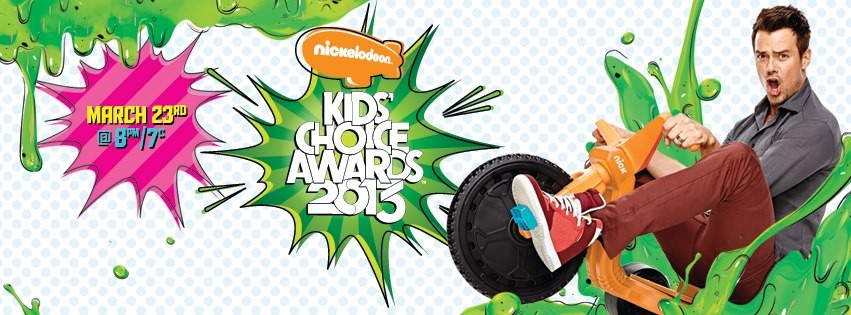
Lucky Charms
While Lucky Charms may not be magically nutritious, it is magically smart when it comes to their social marketing strategy. General Mills created a webisode series on YouTube depicting the animated adventures of Lucky the leprechaun, linking them back to the Lucky Charms website, which states “Hey Kids, this is advertising” in the bottom corner. The site creates an immersive experience in Lucky’s world and asks kids to join the Adventurer’s Club, which houses their game stats and gems to be used in the flash games they offer on the site. Furthermore, they’ve got a load of comics depicting Lucky’s adventures. If you’ve ever eaten a bowl of Lucky Charms you know the intrigue of those marshmallow pink hearts or shooting stars. General Mills brought those marshmallows to life in a way that kids will surely share it with friends.
Disney
I admire Disney’s use of YouTube (3). They jumped on the beauty vlogging bandwagon and created a Disney Style account to convey tips, tricks, and how-to’s from top beauty, fashion, and DIY vloggers. Why is this a relevant way for Disney to spend its marketing dollars? The page posts tutorials on how to do you hair and make-up like Elsa or create a costume inspired by Miss Piggy; the videos are tied to recent releases and encourage fans to take their love of the brands offline and into the real world, sparking brand ambassadorship in these kids and making them walking, talking billboards.

So what does this all mean? Kids are on social and brands are there too, interacting with them. We can’t turn back the clock on social media and stop kids from joining and interacting. What brands should think about is what are the right channels to use and what’s ethical when it comes to younger kids who may not realize they are being marketed to. What’s interesting to me is that there are clever ways to reach out to kids and build brand loyalty without doing so in a devious manner.
Sources
1. http://www.guardchild.com/social-media-statistics-2
2. http://lostremote.com/why-is-spongebob-is-so-popular-on-social-nickelodeon-talks-about-social-tv-strategy_b30281
3. https://econsultancy.com/blog/64550-how-disney-uses-social-media-vine-youtube-pinterest-instagram-and-more#i.cts9cm1edxepb1


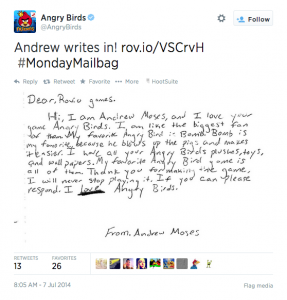

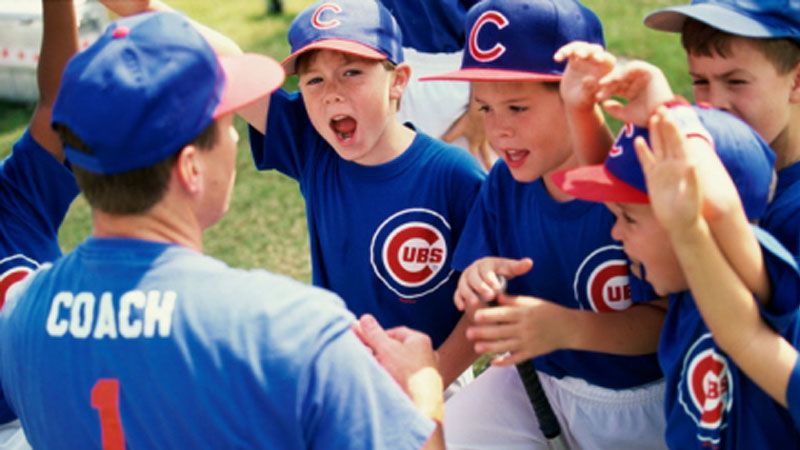
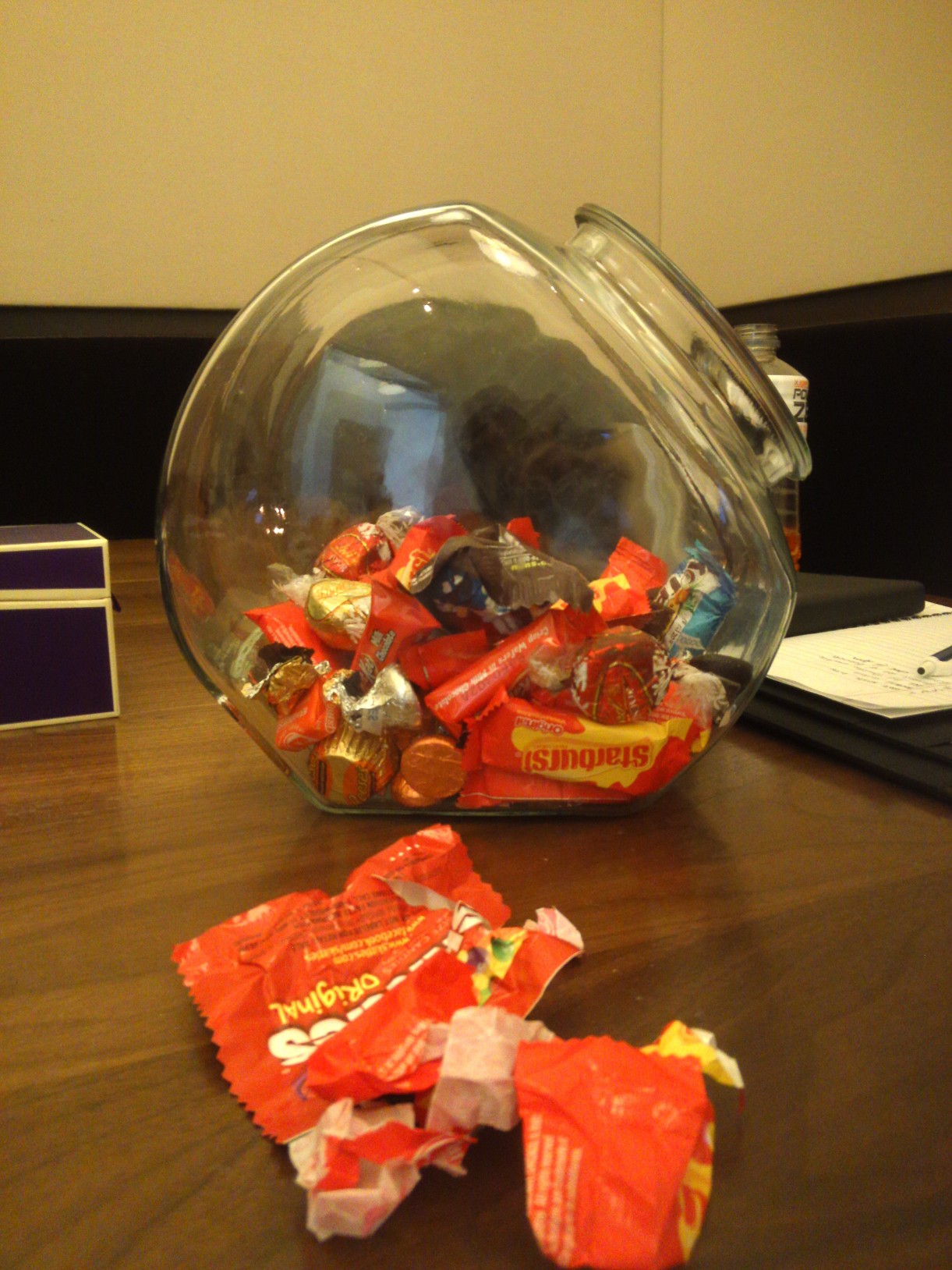
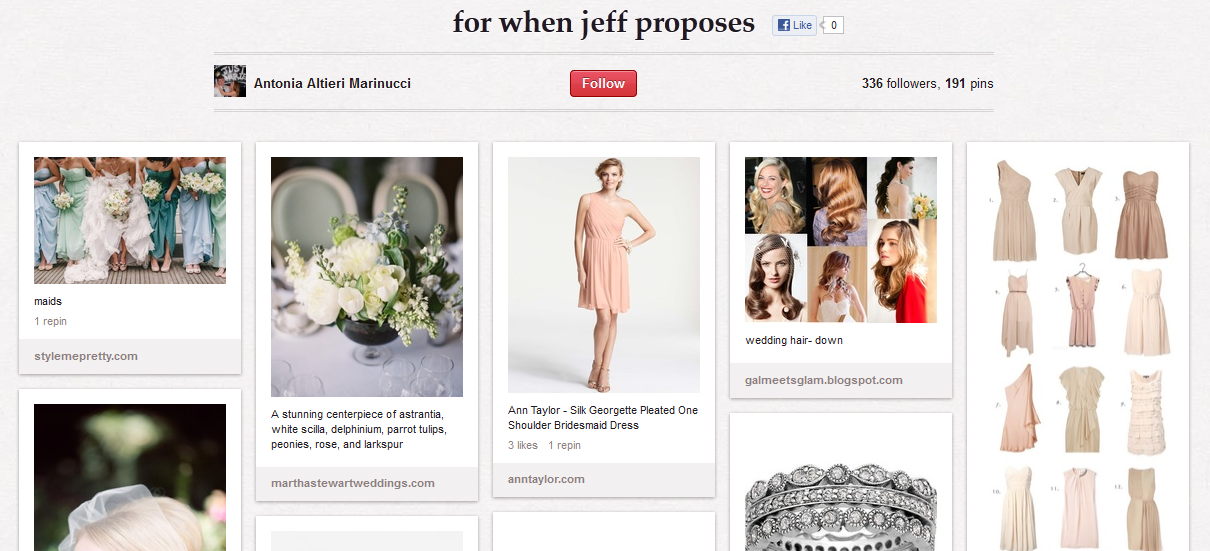


You are so right! One of my children was completely smitten with Internet media marketing! You should see the kid today…at least her nails are pretty!